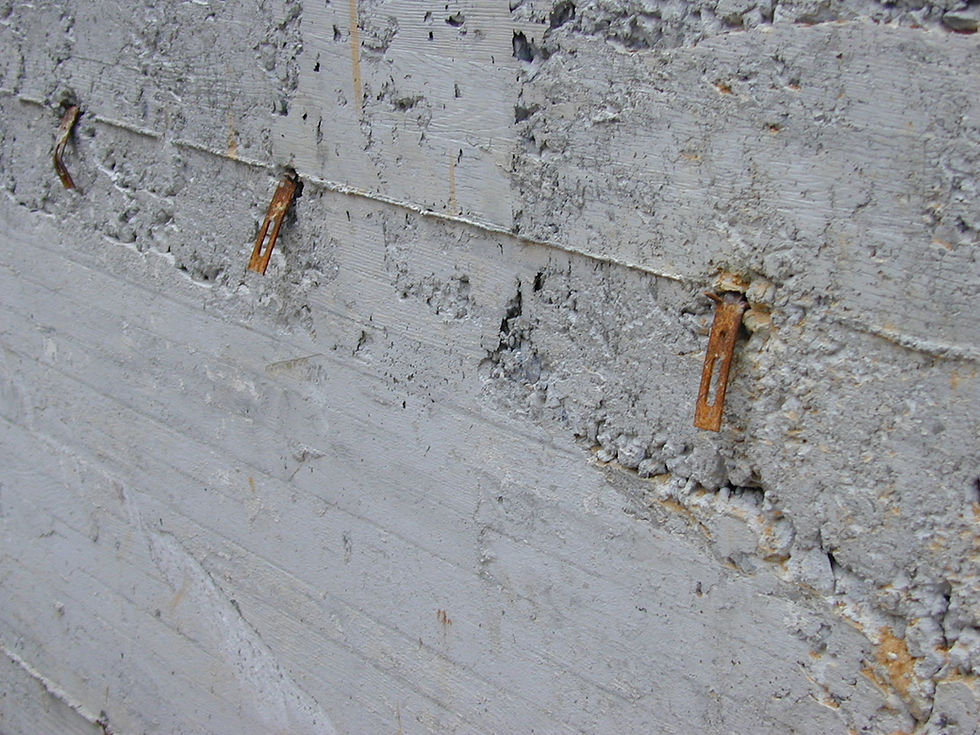CONCRETE & CLEANING
- P-Concrete

- Apr 15, 2020
- 2 min read
This place is a mess! Luckily tomorrow we´ll have a concrete casting, so we can cover it all! ......Really?!
Well, sometimes these are not spoken words, but the facts outweigh the words quite often. Somebody drank a beer (...sorry...a "cola"....alchool is not allowed on the building site!!) and then drop the can inside the formwork, the pieces of wood left over by the carpenters are not cleaned away, some polystyrene got broken and the pieces are scattered all around, the casting place is flooded by water, but the cast starts anyway….this list could be extended indefinitely.

The fact is that too often no one gives importance to a thorough cleaning before any casting operation. But what are the risks of this kind of attitude?
First of all, the new concrete that is about to be casted will be poured out onto a surface which presumably will perfectly adhere to it. But this will be impossible if foreign matter interposes. This means that between the old structure and the new one there will be a “cold joint” and the two structures collaboration will be reduced even drastically. In the best scenario there will be voids which could weaken the joining and even become an easy access for aggressive elements to the core of the structure affecting therefore its durability.
Polystyrene is often be found onto the ballast of concrete flooring because roofing works are performed before the casting of the floor and some polystyrene, used to lighten the upper slabs, falls down to the ground, or maybe some new hole on the slab is made just before the casting and the polystyrene that was removed left some traces all around.
These small polystyrene pearls are quite difficult to get rid of, for this reason normally they are left where they are. Of course, the pollution they produce to concrete is not dramatic, but still…they are very light and will tend to float toward the surface. Maybe nobody cares about that when it comes to a building slab, but what when it happens onto a piece of flooring?
Last but not least: casting onto flooded surfaces. This is pretty normal especially during the rain seasons. It must be remembered that when water comes in contact with fresh concrete it immediately changes the concrete´s properties (please read the post “Workability of concrete” with special reference to some aspects related by the “second reason”) to its detriment.

So, what can be done? In order to have a better collaboration among the old structure and the newly casted one it is helpful to lay a layer of adhesive primer and, of course, this implies having swept the host surface before all.

Yes, the dear old broom! Is there someone who is still using it at the building site?

Please use it! If polystyrene is present one can choose for a vacuum cleaner and in case of water, depending on the quantity, a broom again can be effective enough while sometimes a pump could be more appropriate. (Actually in some areas of the world the broom is banned....as a replacement, which works even better, industrial vacuum cleaners are to be used).













Comments